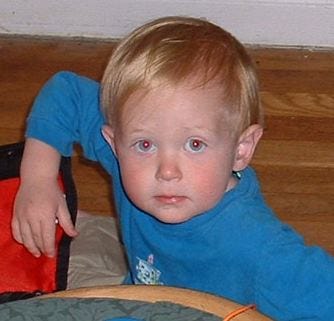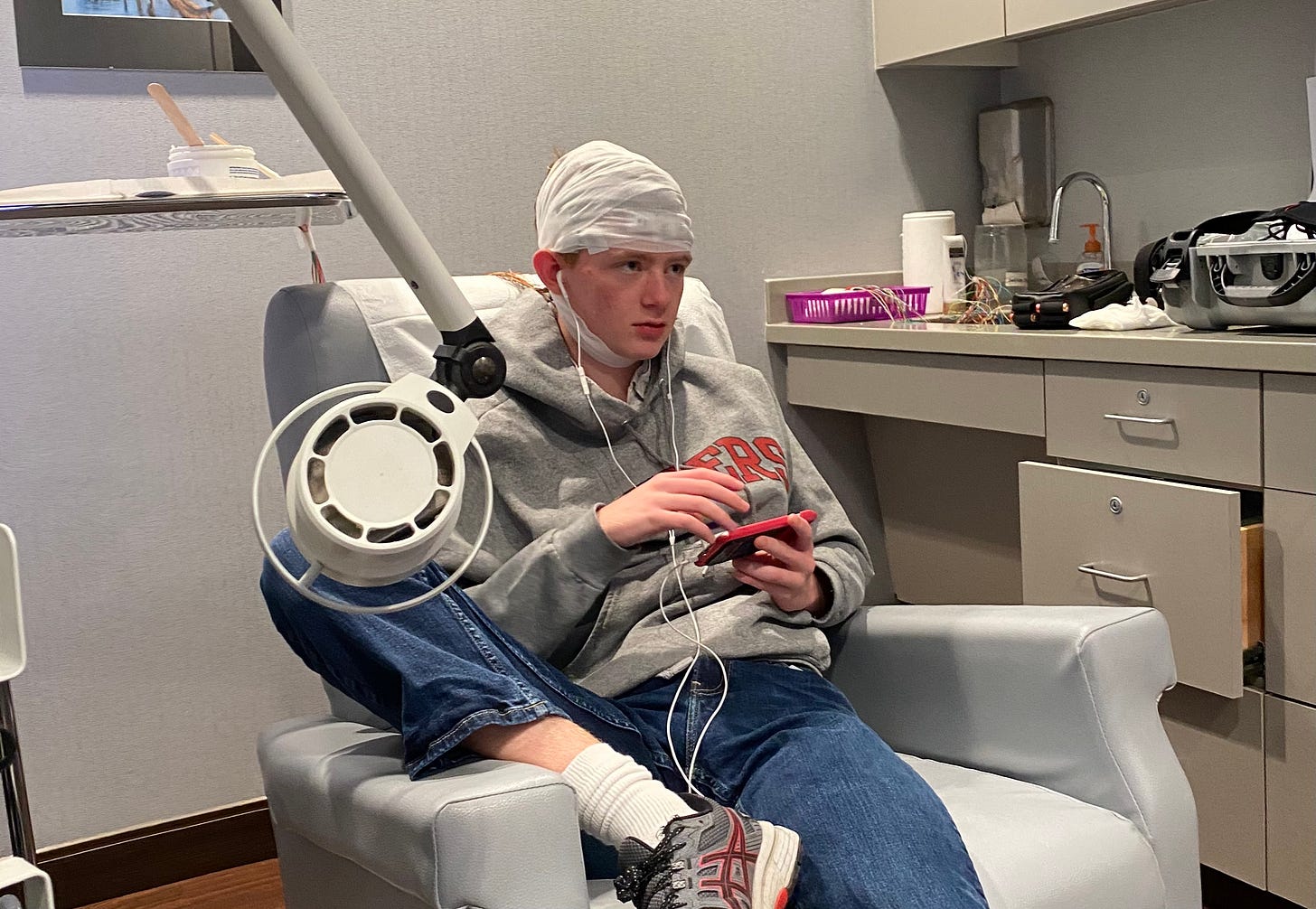Chapter 1: Our Story, Intro
Autistic kids are like snowflakes. Each has its own crystalline structure, no two alike. As a result, we parents have to approach our caretaking jobs differently. Some of us will spend years with an ABA therapist in our living room. Others will seek out computer programming camps that overlook verbal tics and an obsession with Mario Kart. Yet, we have much in common, too.
All parents of autistic children contend with a broken special education system, sometimes requiring late-night study sessions on education law websites. Later, we must teach ourselves about the disability support system and the new options for adulthood. Too often, we fumble around in the dark without adequate help from schools or the community.
We’re autism parents. That title should be a badge of pride because we do ten times more work than other parents. It’s solidarity with brothers and sisters all over the world.
Being an autism mom, I know what it feels like when your kid is kicked out of kindergarten orientation and isn’t invited to birthday parties. I’ve filled out the state disability paperwork and toured special schools for my son. I’ve networked with other parents.
Sure, I know a lot about colleges from my work as a professor, but I’ve seen a college campus as a parent, too. I’ve visited colleges and alternative programs. I’ve filled out the college accommodation requests for my son. That personal training has given me a unique perspective on the college process for neurodiverse students.
This chapter is about my family’s story from the early years to the end of high school when we hit a wall. My son is only 22 — our journey isn’t over yet, but we’ve come a long way.
My Snowflake
When my son was one, I pushed his stroller around our New York City neighborhood after lunch. When the sun was too bright, or I suddenly deviated from the usual route, he shrieked. He ignored curious strangers who tried to get him to smile. If they touched him, he would pull away. When he turned two, he could only say a handful of words, not full sentences like other children. He qualified for Early Intervention at two and for an IEP at age three. At age five, he received an official autism diagnosis.
Ian straddled between Level 1 and Level 2 autism. Verbal with high nonverbal IQ scores and a strong work ethic, he seemed very functional. But his verbal tics, OCD, anxiety, poor reading comprehension, and poor social skills kept him on the edge of public school life. He was educated in public schools but never very well and was always an outsider.
From pre-school through his senior year of high school — fifteen years in total — I attended countless IEP meetings, drove him to private therapies and camps, found tutors, and took him to Yale for additional testing. I was always networking with other parents or chauffering him to far-off programs. Autism was my life. Then, at the end of high school, things got even more tricky.
In November 2019, midway through his Junior year of high school, Ian fell out of his chair. He lay on the ground for a second or two with his eyes open. After a series of tests, we learned that, like 20-30 percent of people with autism, Ian developed epilepsy.
The EEG showed that Ian has invisible seizures every two minutes. He didn’t lose consciousness or shake on the floor, but for a second, his brain had a convulsion. We didn’t know how long he had been having these seizures or their impact on his education. Our doctor explained that absence seizures, if uncontrolled, add up to big seizures and that he needed to be on medication immediately.
We learned that Ian can’t tolerate epilepsy meds. Llamictol, his first brand of epilepsy medicine, led to a rare allergic reaction to the medical called Steven Johnson Syndrome1; his mouth became covered in blisters, which nearly cut off his airway. He was hospitalized for four days until he recovered. The second medicine made him projectile vomit and irritable. The third medicine resulted in huge anxiety and near narcoleptic levels of sleepiness but with less vomiting. We kept him on the third kind for over a year, along with two other pills to counteract its side effects.
It took three years to get a handle on our son’s medical problems, but the first few months of his illness were the worst. A week after we brought him back from the hospital, the schools shut down because the COVID-19 virus was sweeping the country.
The school shutdowns were a disaster for Ian, like most kids with disabilities. I wrote an opinion article for USA Today2 within a couple of weeks of the shutdown, which accurately predicted the problems that disabled kids would face without school.
During the early months of COVID-19, when schools closed, Ian had no direct human contact outside the immediate family. Indirect human contact was limited, too, because the teachers union objected. The next school year, September 2020 to June 2021, he only had limited interaction with students and faculty; most accessed their classes remotely from home. Ian attended school in an empty building for an entire year.
Nationwide, all children suffered major learning loss at this time. The research shows that some students, especially low-income students and those with disabilities, had the worst outcomes. With 1-1/2 years of isolation, Ian’s social skills plummeted, and his education ended.
Keep reading with a 7-day free trial
Subscribe to A Great Leap to keep reading this post and get 7 days of free access to the full post archives.




